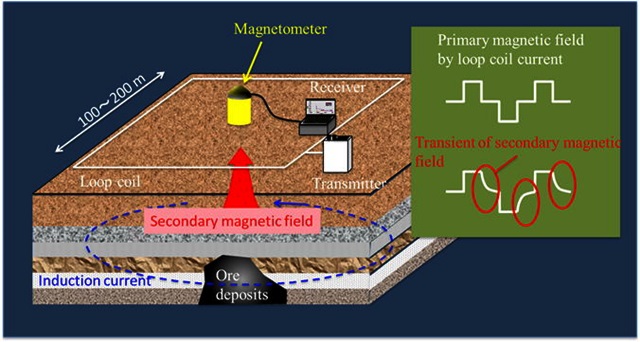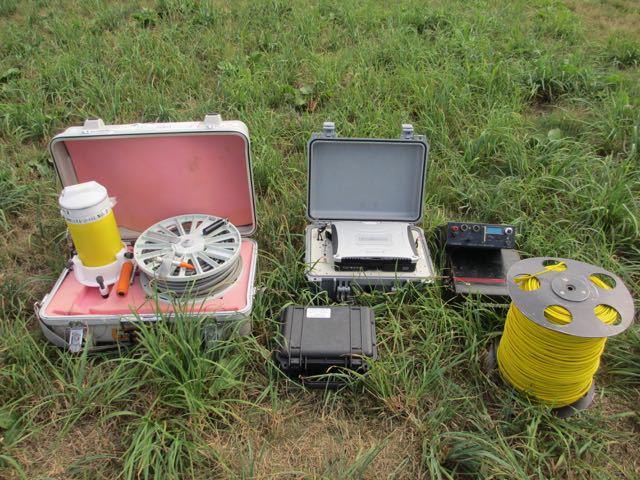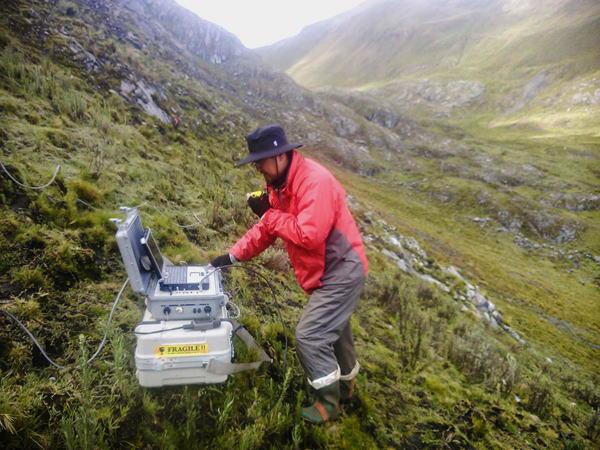超電導センシング技術研究組合(Superconducting Sensing Technology Research Association; SUSTERA)

Home > Technology > SQUITEM
#Development of transient electromagnetic (TEM) system for practical use in exploration of metal resources
Transient or time-domain electromagnetic (TEM) method is one of major geophysical exploration techniques. A TEM system employing a multilayer HTS-SQUID sensor, SQUITE3, was developed by ISTEC and MINDECO in commission by JOGMEC in 2010-2012.1) In SQUITEM3, a SQUID sensor is simply cooled by liquid nitrogen in a glass Dewar accompanied with an appropriate low-pass electromagnetic shield. SQUITEM3 is more compact than the former SQUID-based TEM system (SQUITEM2) and exhibits one order of magnitude higher slew rate (10.5 mT/s). 2) Its superior exploration depth was confirmed in a field test in Australia. Since 2013 SQUITEM3 has been used for accrual exploration of metal resources. Recently, an improved SQUID-based TEM system with three component HTS-SQUID sensors has also been developed in commission by JOGNEC.
1) http://www.jogmec.go.jp/english/stockpiling/metal_10_000002.html
2) T. Hato et al., Supercond. Sci. Technol. 26, 115003 (2013).

Principle of electromagnetic exploration based on TEM method.

SQUITEM3 system

Actual exploration using SQUITEM3 in Peru